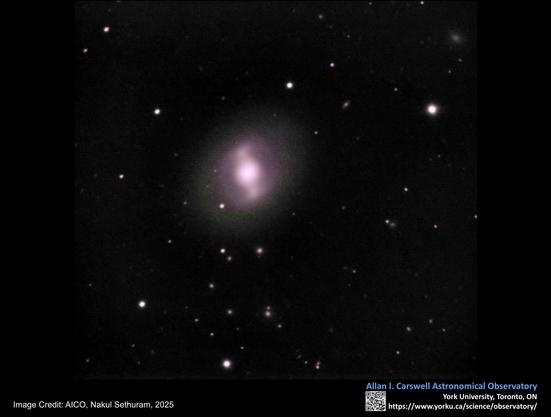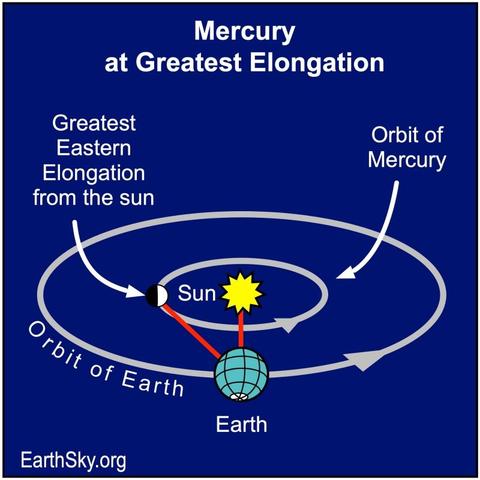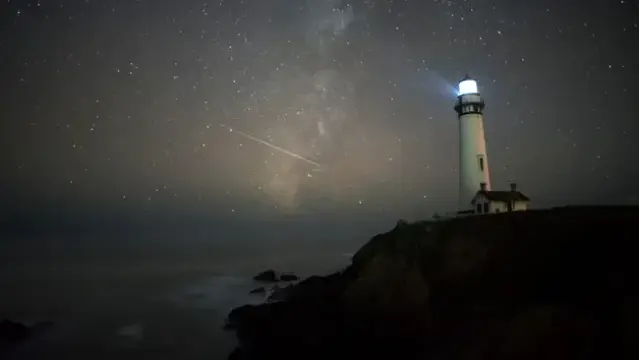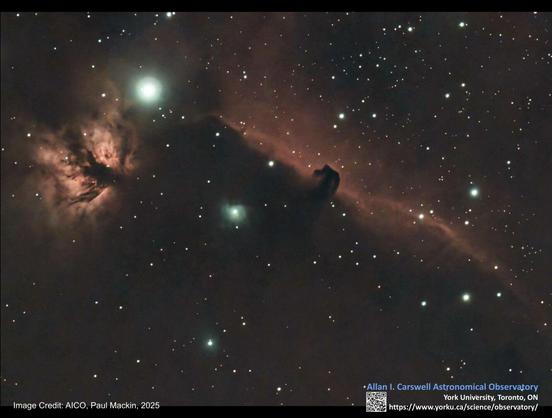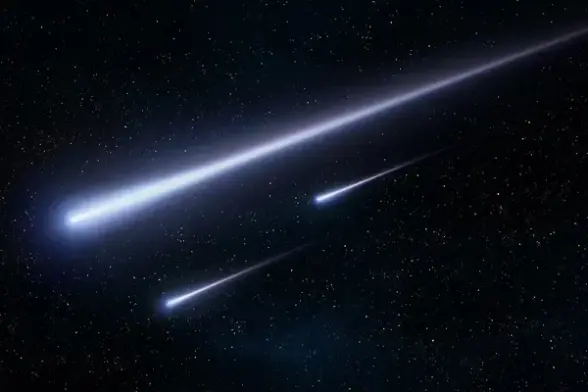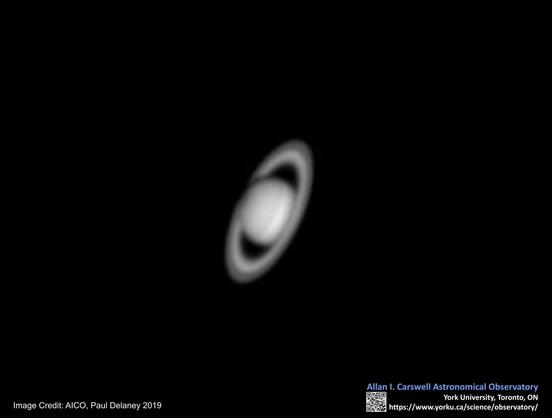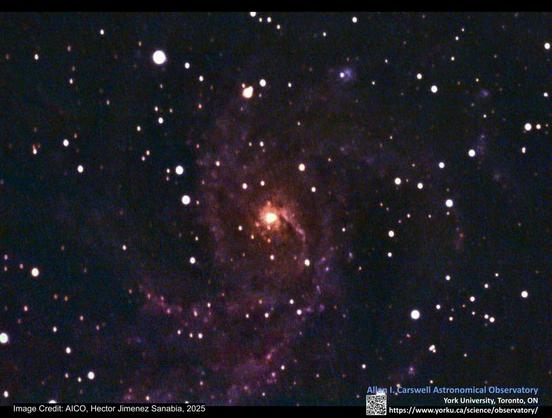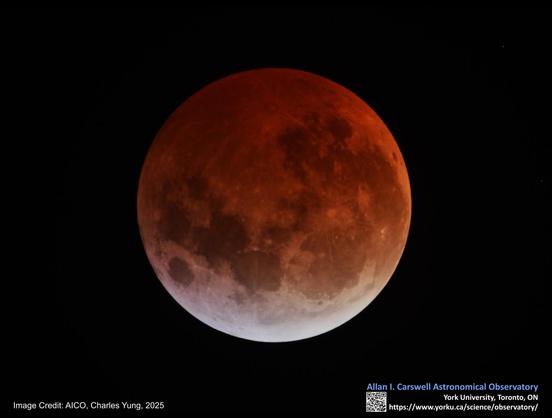Happy (late) Space Science Saturday! Did you know that NGC 936 is also known as the Darth Vader Galaxy because it looks like the Twin Ion Engine starfighters flown by the Darth Vader and his crew in the movie Star Wars. NGC in the name stands for the New General Catalogue of Nebulae and Clusters of Stars tars which was compiled by Danish astronomer Johan Ludwig Dreyer.
#StarWars #NGC936 #JohanLudwigDreyer #NGC #Stargazing #SpaceScienceSaturday #YorkUObservatory #Astronomer #Telescope #AICO #Physics #Astronomy #AllanICarswellObservatory #Science #SpaceExploration #Research #ScienceOutreach
#StarWars #NGC936 #JohanLudwigDreyer #NGC #Stargazing #SpaceScienceSaturday #YorkUObservatory #Astronomer #Telescope #AICO #Physics #Astronomy #AllanICarswellObservatory #Science #SpaceExploration #Research #ScienceOutreach
